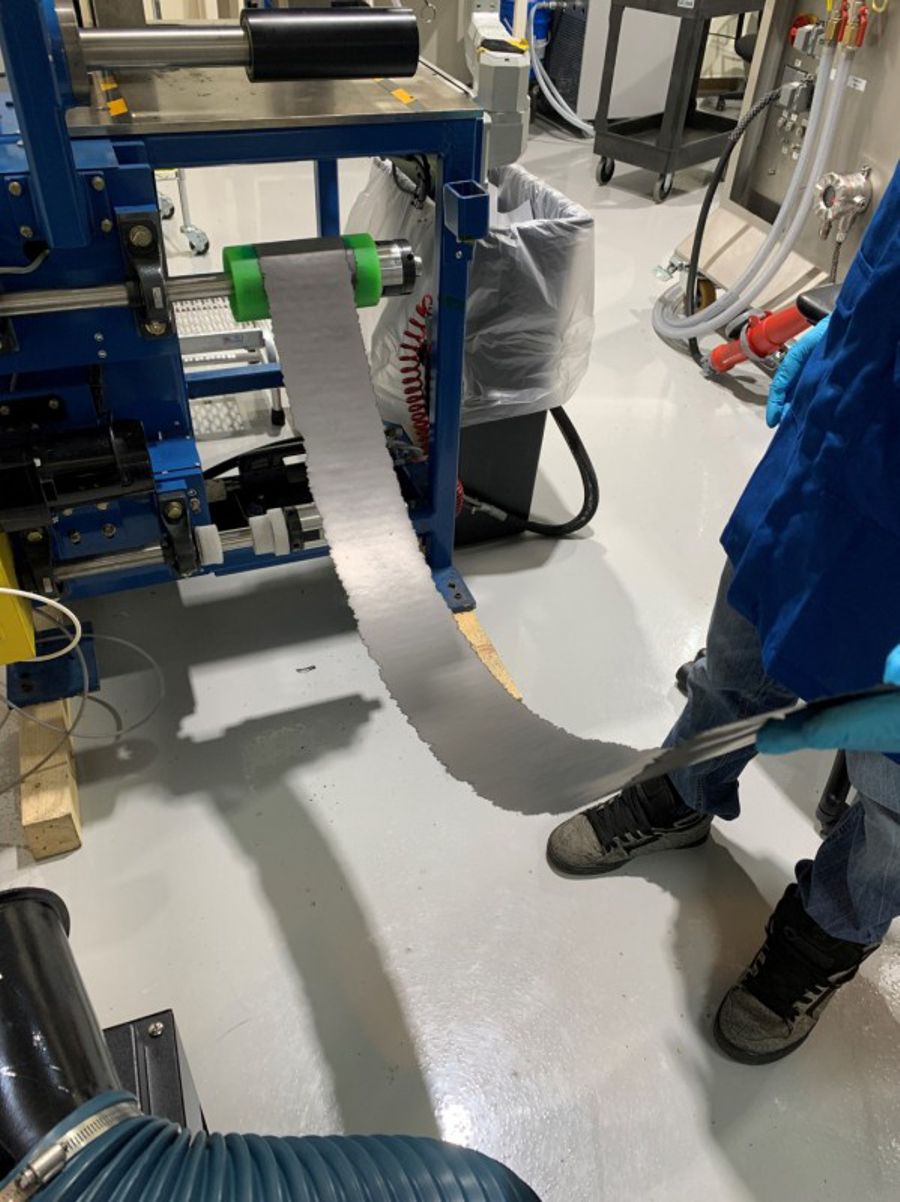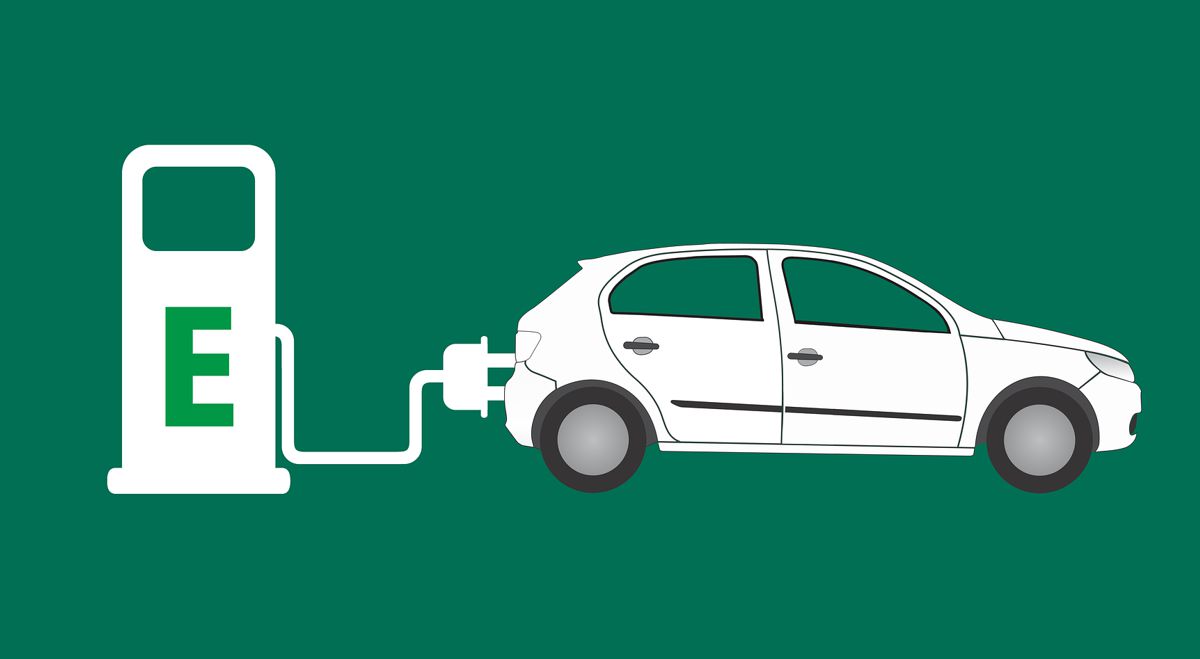New Dry Manufacturing process to make EV Batteries more affordable
The lithium-ion batteries used to power electric vehicles are key to a clean energy economy. But their electrodes are usually made using a wet slurry with toxic solvents, an expensive manufacturing approach that poses health and environmental risks.
Early experiments at the Department of Energy’s Oak Ridge National Laboratory have revealed significant benefits to a dry battery manufacturing process. This eliminates the solvent while showing promise for delivering a battery that is durable, less weighed down by inactive elements and able to maintain high energy storage capacity after use. Such improvements could boost wider EV adoption, helping to reduce carbon emissions and achieve U.S. climate goals.
Dry processing is a relatively new alternative that saves factory floor space as well as time, energy, waste disposal and start-up expenses, yet until now, researchers have had limited understanding of how and why it works.
ORNL and industry partner Navitas Systems probed how the dry process affects the structure of battery materials and their electrochemical properties. Batteries generate energy as lithium ions travel between electrodes called the cathode and anode. The team focused on an electrode dry processing strategy, which involves mixing dry powders with a binder, then compacting the material to improve contact between the particles. This strategy could be applied to both the anode and cathode by focusing on either certain materials or mixing methods.
After Navitas made the electrodes, ORNL researchers led by Jianlin Li and Runming Tao measured their electrochemical performance in different conditions over various time frames. The ORNL team was able to reach a new understanding of how the dry-processed electrodes degrade.
The batteries made using the dry process showed a “superb” ability to maintain their capacity after extended use, according to results reported in Chemical Engineering Journal. They are “highly chemically desirable” because their structure allows lithium ions to take a more direct path between the anode and cathode, researchers found. The electrodes are thicker to allow higher energy loading while reducing inactive ingredients that increase size and weight.

“There are more active materials in the electrode,” Tao said. “And even after cycling, it will have few cracks.” These two advantages reflect a high energy density and good long-term cyclability. The electrode can bend and flex well, demonstrating excellent mechanical strength and the winding capability needed for mass production of batteries.
The dry process could offer a variety of benefits to manufacturers and the U.S. supply chain: It’s highly compatible with current state-of-the-art electrode manufacturing equipment, while its reduced environmental impact makes battery plants suitable in more places.
“When you’re looking at the gigascale factories, you’re looking at billions of dollars in order to scale batteries up,” said Bryan Steinhoff, technical lead and lead researcher on the project for Navitas. “Dry processing can eliminate the coating and solvent equipment currently necessary for large-scale battery production. If you can use a dry process instead, you can reduce your footprint by up to 40 or 50%, saving hundreds of millions of dollars and starting to enable the creation of an infrastructure to replace one that is largely dependent on Asia at the moment.”
The next step in the research is stabilizing the material that attaches the anode components to a thin metal current collector. “A main goal for this project is to develop or identify a better binder for the dry process, because the current binder is not very stable for the anode environment,” Li said. The team is also working on reducing the amount of carbon black, a material that maintains battery conductivity but detracts from its energy density.
ORNL and Navitas researchers continue to refine the process to improve electrochemical performance. The goal is to balance the benefits and drawbacks of the thicker electrode: It has the potential for higher energy loading and is easy to roll, but it may provide less power, since the ions have further to travel.
The research was sponsored by the DOE Advanced Materials and Manufacturing Technologies Office and conducted at DOE’s Battery Manufacturing Facility, the country’s largest open-access battery research and development center. Some material characterization was conducted at ORNL’s Center for Nanophase Materials Sciences, a DOE Office of Science user facility.
UT-Battelle manages ORNL for the Department of Energy’s Office of Science, the single largest supporter of basic research in the physical sciences in the United States. The Office of Science is working to address some of the most pressing challenges of our time.




















